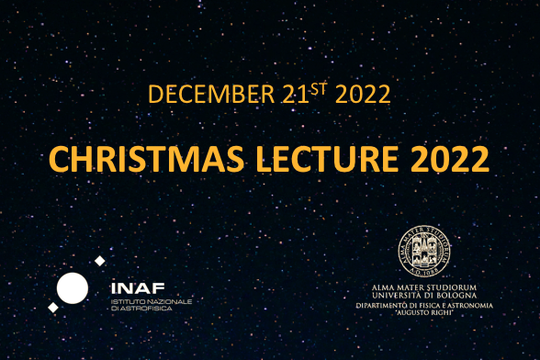Monica Colpi (MC) is Full Professor of Astrophysics at the Department of Physics G. Occhialini of the University of Milano Bicocca. MC received her Ph.D. Degree in Physics from the University of Milano in 1987, and entered the academic career after being first post-doctoral fellow at Cornell University and later at the International School for Advanced Studies. MC has broad research interests in the areas of stellar dynamics, high energy astrophysics, and general relativity theory, and works on neutron stars, and black holes of all mass scales, both as electromagnetic and gravitational wave sources. Recently, MC has been pioneering the field of massive black hole binary formation in gas-rich galaxy mergers, targeting sources of low-frequency gravitational waves. Her interests further extend to the first black holes, serving as seeds for the rapid growth of the reionization-era quasars. MC is currently working on the development of the science objectives of the space mission LISA, acronym of “Laser Interferometer Space Antenna”, selected by ESA as a “flag-ship mission” in 2017. After the discovery of the first coalescence of two neutron stars by the LIGO and Virgo Collaborations and of its joint electromagnetic transient, she is coordinating studies on the emerging Multi-Messenger Astrophysics and on the synergies between LISA, Einstein Telescope, and future electromagnetic facilities. MC plays roles of coordination within the LISA Consortium and serves the SSAC and LISA SST of ESA. She is internationally recognised as a mentor. MC was recently awarded as a corresponding member of the Accademia dei Lincei.

